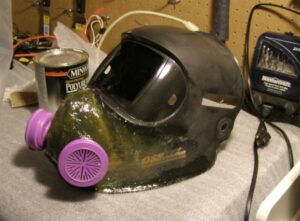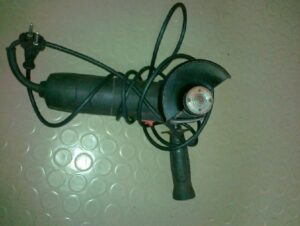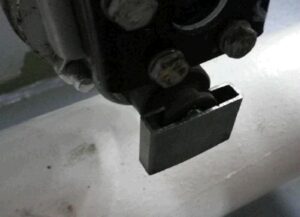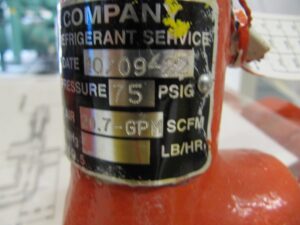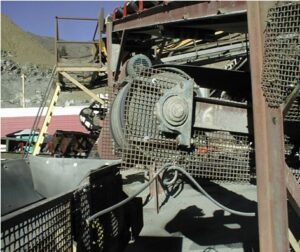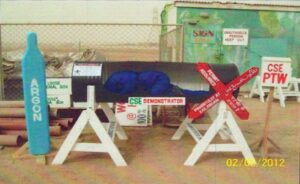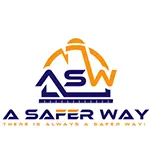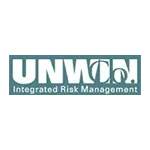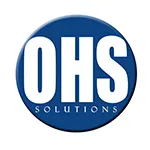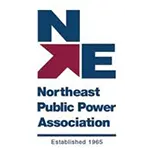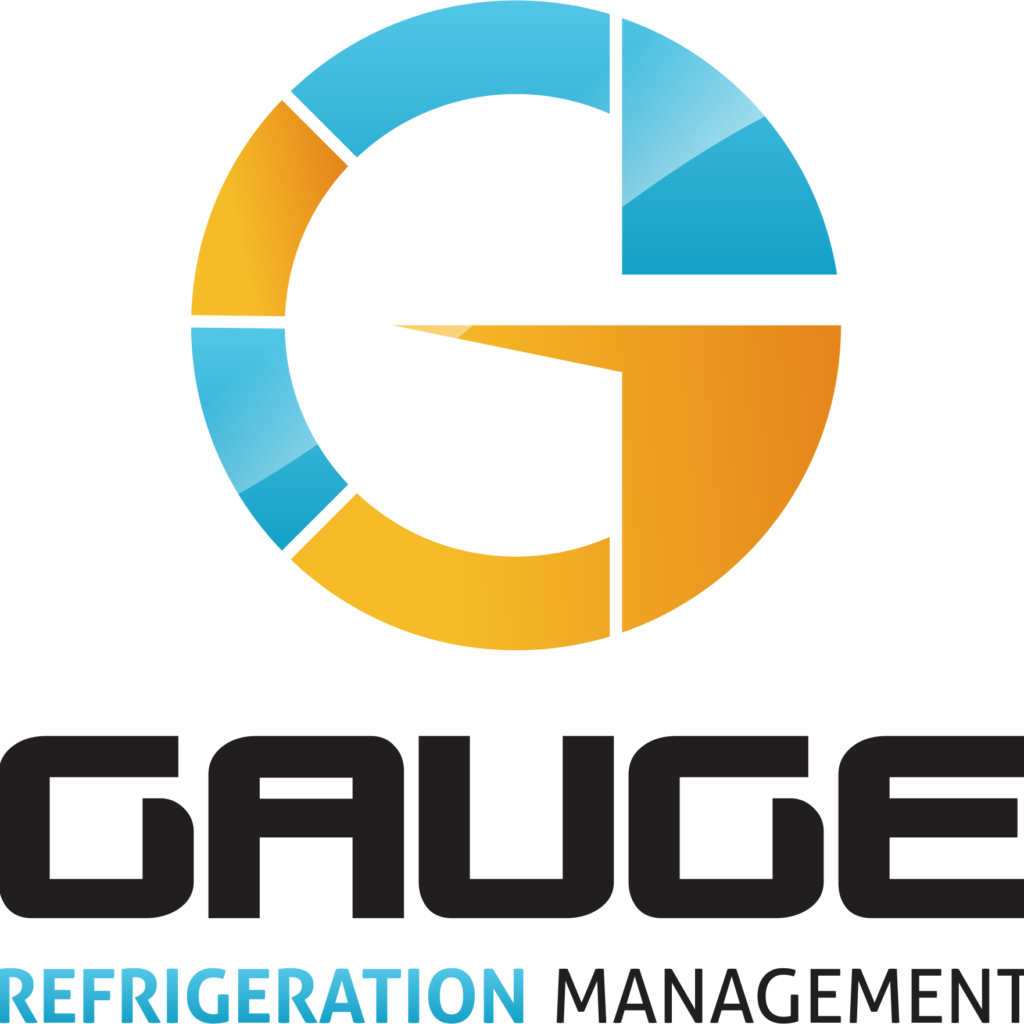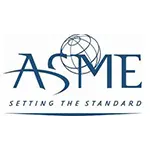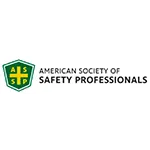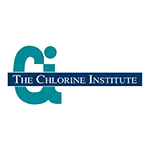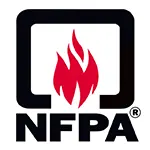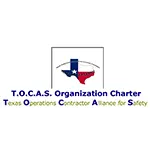CLICK HERE to Renew your Membership
CLICK HERE for a NEW Membership
CLICK HERE to see eligibility requirements for FREE Membership
If you have any questions, please contact me
We offer:
- Over 17,600 categorized unsafe acts/conditions and accident/injury photos
- Over 1,450 ppt's & doc's
- Over 3,975 technical articles on Process Safety & Occupational Safety & Health matters
- Over 450 videos
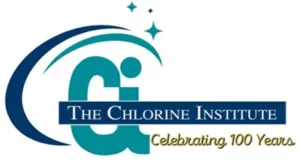
I am proud to announce that have extended our”Partners in Safety” agreement for another year (2025).
CI Members, send me an e-mail to request your FREE SAFTENG membership.
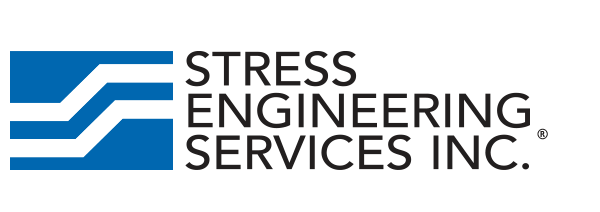
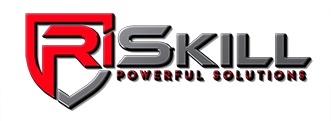



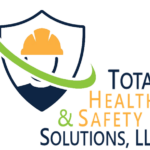






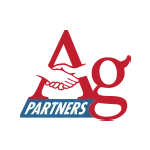

May 6, 2012
MANY THANKS to my NEW & RENEWING “Partners in Safety”for their support! formerly Beta Steel since 2006 since 2012 since 2012 since 2007 2012 Fatality Tracker Electrical 30 (2011 = 81) (2010 = 90) (2009 = 100) Forklift/Manlift Mobile Equipment 20 (2011 = 84) (2010 = 110) (2009 = 88) Mining 32 (2011 = 248) (2010 = 480) (2009 = 586) Explosions 70 (2011 = 218) (2010 = 246)...
Read More
May 6, 2012
Many thanks to Bob Cornett @ MSHA for sharing this ppt. and to BHP Billiton – NMC Operations for putting it together!
Click Here to download the ppt
Click Here to download the pdf (faster)
Read More
May 5, 2012
Grinder Accident Safety Alert Onboard a vessel, positioned offshore in stand-by position close to a local platform, an AB seaman suffered an injury to his right leg – just above the knee – resulting in a 5cm cut. While waiting instructions from the platform, the AB Seaman has been ordered to brush the upper stern part of the crash-bar (starboard side) with an electric grinding machine....
Read More
May 5, 2012
By Jonathan Zimmerman, ASP, EHS Director of Sugar Creek Packing (SAFTENG member since 2002) I am a safety radical, I live safety 24/7 and lately, I have come across some discussions on web pages, blogs, linked in forums, etc. that really are bothering me. I am not a consultant, CSP (yet at least), or PhD – I am a Corporate EHS Director working to make safety a value wherever I can (in my neighborhood,...
Read More
May 3, 2012
The following is an incident investigation report from the UNITED STATES DEPARTMENT OF THE INTERIOR BUREAU OF OCEAN ENERGY MANAGEMENT, REGULATION AND ENFORCEMENT. The accident was a result of having a flammable liquid tank within the 35′ fire safe zone required for safe hotwork (e.g. cutting, welding, brazing, grinding, etc.) zone.
…
HomeRead More »
Read More
May 3, 2012
Introduction: This Safety Notice is being issued as a result of investigations by the Health and Safety Executive into the Status Scientific Controls portable gas detector type Mentor PGD2. This instrument is intended to be used for the protection of personnel entering or working in an environment where there is a possibility of flammable or toxic gas being present. Background: Tests by the Health...
Read More
May 3, 2012
The above picture shows a flammable liquid storage tank level indicator with a sight glass spring loaded valve, kept in the open position with a “home made” clip. Although this alert is from our friends in AU, this is ALSO seen worldwide and should be considered a “Lesson Learned” worldwide!
…
HomeRead More »
Read More
May 2, 2012
One of the great things about being a consultant is that I get to see things that I would have never been able to see working for a single company. Traveling the world doing PSM/RMP work has given me the opportunity to see how other businesses and cultures do safety and this has enriched me more than I could have ever expected (and it has been a blast doing it)! But sometimes I come across...
Read More
May 1, 2012
Many thanks to Bob Cornett @ MSHA for sharing this ppt. Click Here to download the ppt.
Read More
May 1, 2012
On February 6th, 2012, a welder entered a 30″ pipe to check the quality of the welds he had just completed. The welder (deceased) asphyxiated and lost consciousness due to the high level of Argon gas, which had created an oxygen-deficient environment inside the pipe.
…
HomeRead More »
Read More
May 1, 2012
ERPG Emergency Response Planning Guidelines (ERPG) are developed by the American Industrial Hygiene Association (AIHA). ERPG-1 (mild effects), ERPG-2 (serious effects), and ERPG-3 (life-threatening effects) ERPGs are intended to protect “nearly all individuals” from each effect level. In establishing ERPGs, acute toxicity data as well as possible long-term effects from a single acute...
Read More

